Industry information
Company News
- Fluorocarbon aluminum veneer: a fashionable choice for creating modern architecture
- Application case of aluminum veneer in architectural decoration
- Aluminum veneer: the new darling of industrial aesthetics
- How much do you know about aluminum veneer curtain wall: the fashionable coat of architecture?
- Aluminum veneer: the fashionable new darling of the construction industry
Industry dynamics
- Hyperbolic aluminum veneer: a fashionable new favorite in the construction industry
- Is the cost-benefit analysis value of aluminum veneer worth investing in?
- Maintenance and upkeep methods for outdoor fluorocarbon aluminum veneer
- Characteristics of Strength Shaped Aluminum Veneer
- Aluminum veneer: the beauty of industry, the charm of simplicity
Frequently asked questions
- How to check the quality of aluminum veneer?
- What environmental issues should be paid attention to in the production and use of aluminum veneer?
- How to choose and purchase aluminum veneer?
- What occasions is aluminum veneer suitable for?
- What are the advantages of aluminum veneer?
contact us
Mobile:+86 15627778610
Email: 2201229786
Address: No. 5 Binjiang Road, High tech Zone, Zhaoqing City, Guangdong Province
Research on Environmental Performance of Aluminum Veneer
- Author: Supreme Building Materials (Guangdong) Co., Ltd
- Release time: 2022-03-18 02:01:47
- Click:0

Aluminum veneer, as a commonly used building material, its environmental performance is also one of its important performance indicators. This article will provide a detailed introduction to the environmental performance research of aluminum veneer from the aspects of material characteristics, surface treatment, and application environment.
1、 Material characteristics of aluminum veneer
The main component of aluminum veneer is aluminum, which has a low thermal conductivity and therefore has good insulation performance. Aluminum veneer also has advantages such as lightweight and corrosion resistance, which can effectively improve the overall environmental performance of buildings.
2、 The impact of surface treatment on environmental performance
The surface treatment of aluminum veneer also has a significant impact on its environmental performance. Common surface treatment methods include anodizing, electrophoretic coating, fluorocarbon spraying, etc. Anodizing is a commonly used surface treatment method that can improve the environmental performance of aluminum veneers by forming an oxide film on the surface of aluminum. This oxide film can effectively block the transfer of heat, thereby achieving the goal of energy conservation. Anodizing can also reduce the wear and tear of aluminum veneer during use, extend its service life, and further reduce its impact on the environment.
3、 The impact of application environment on environmental performance
The application environment of aluminum veneer will also have an impact on its environmental performance. Generally speaking, aluminum veneer is easily affected in humid, high temperature and other environments, leading to a decrease in its environmental performance. When using aluminum veneer, it is necessary to choose the appropriate surface treatment method according to the specific application environment, and pay attention to maintenance to extend its service life and maintain good environmental protection effects.
4、 Conclusion
The environmental performance of aluminum veneer is closely related to its material characteristics, surface treatment, and application environment. In order to ensure that aluminum veneer has good environmental performance, it is necessary to strictly control the quality of each link in the production process and select appropriate surface treatment methods according to the specific application environment. Regular maintenance and upkeep are also necessary during use to extend its lifespan and maintain good environmental performance.

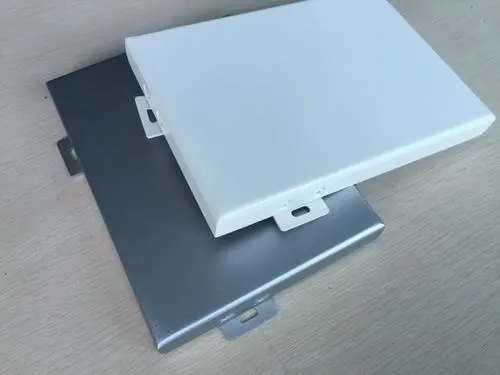
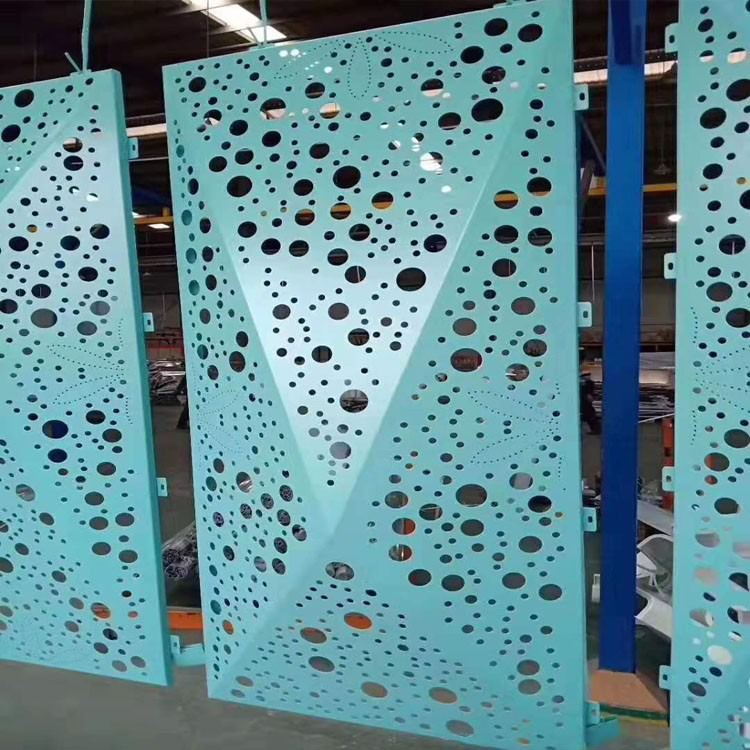
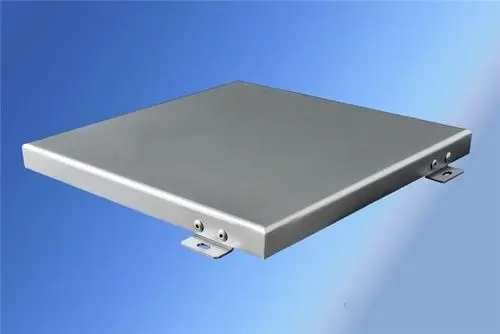
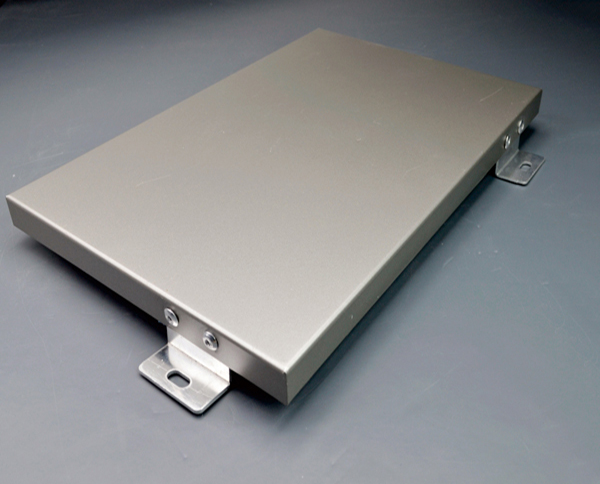
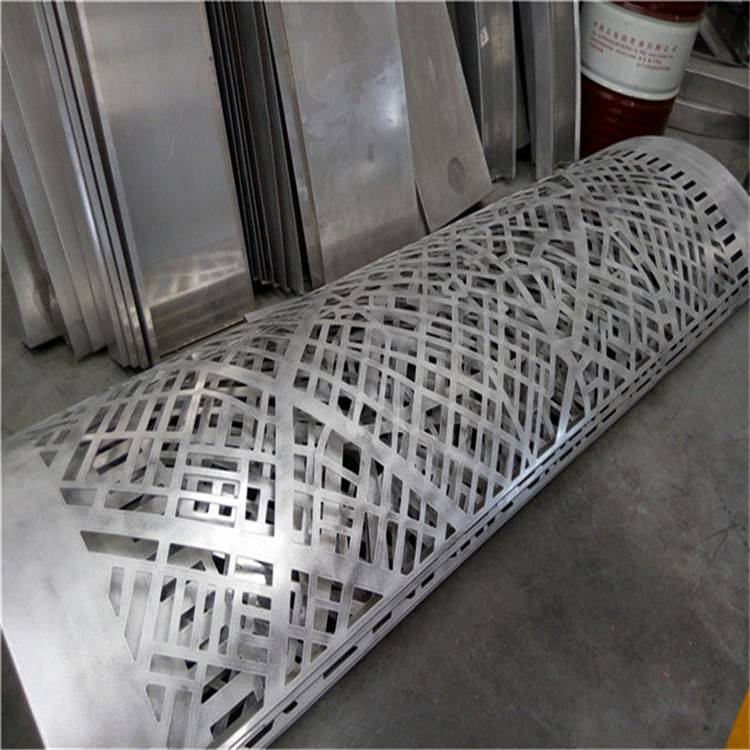
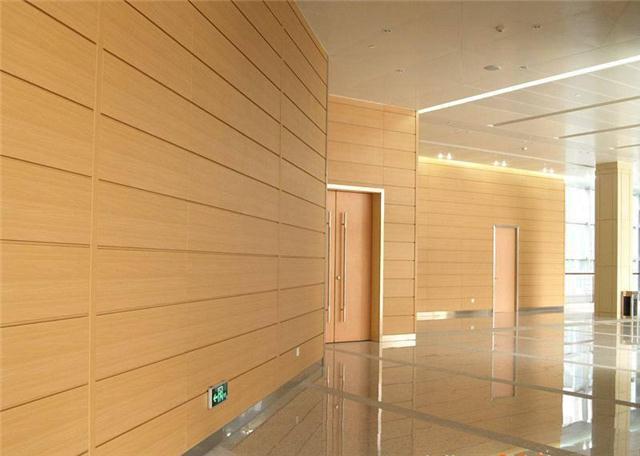
 Customer service QQ
Customer service QQ